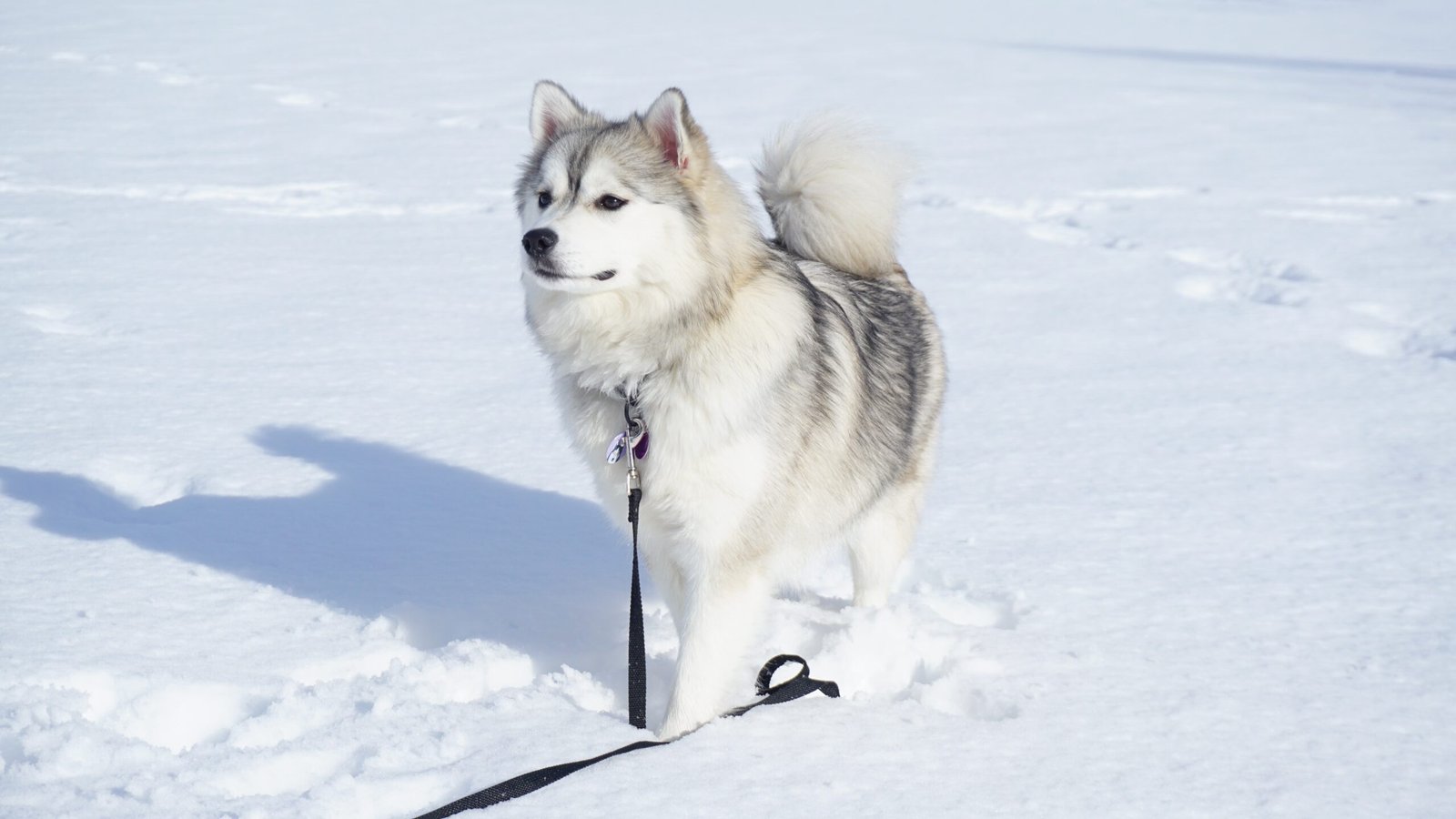The Pomsky, with its fluffy coat and playful spirit, is winning hearts all over the U.S.—and for good reason! This adorable mix of Husky and Pomeranian brings the best of both worlds but does need a little special care. From regular grooming to plenty of exercise and mental stimulation, Pomskies thrive when they feel loved and active. Knowing how to meet their needs can help your Pomsky stay happy, healthy, and full of that irresistible charm. Let’s dive into the simple ways you can give your Pomsky the best life possible!
Understanding the Pomsky Personality
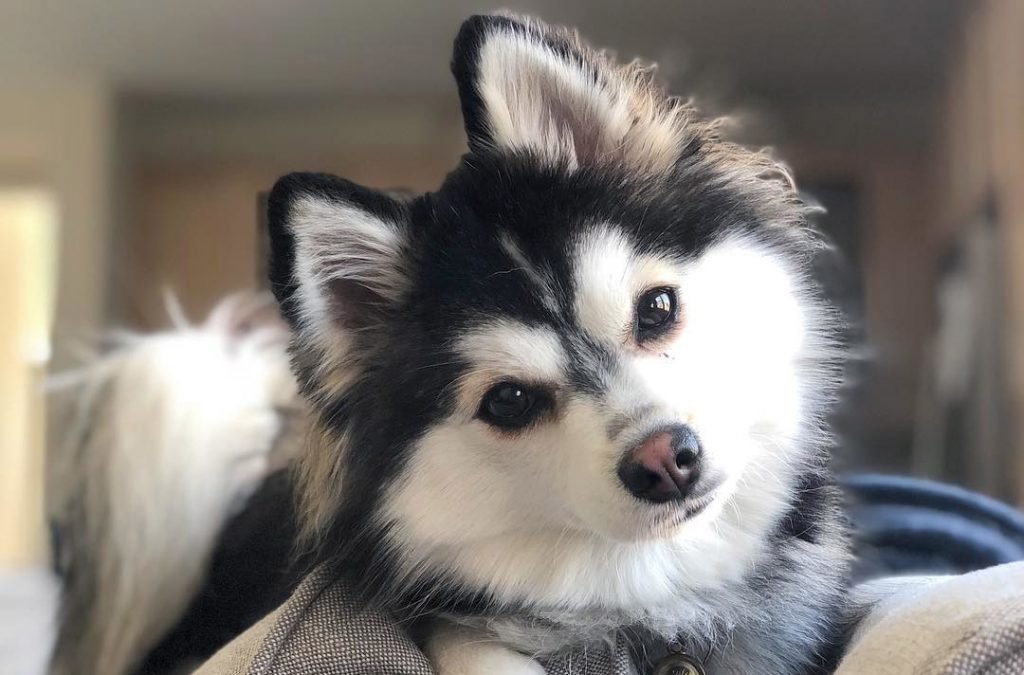
Pomskies are a delightful blend of the Siberian Husky’s adventurous spirit and the Pomeranian’s spunky charm. They are known for their playful nature, boundless curiosity, and a streak of independence. This breed craves attention and thrives in interactive environments where they can be part of the family action. However, their intelligence means they might test boundaries, making consistent training essential from an early age. Pomskies are also incredibly loyal, often forming strong bonds with their owners. Their affectionate side shines through in cuddles and playful antics, but remember, they can be suspicious of strangers and sometimes bark to alert you of anything unusual. Understanding their personality is the first step in providing the best care possible.
Feeding Your Pomsky the Right Way
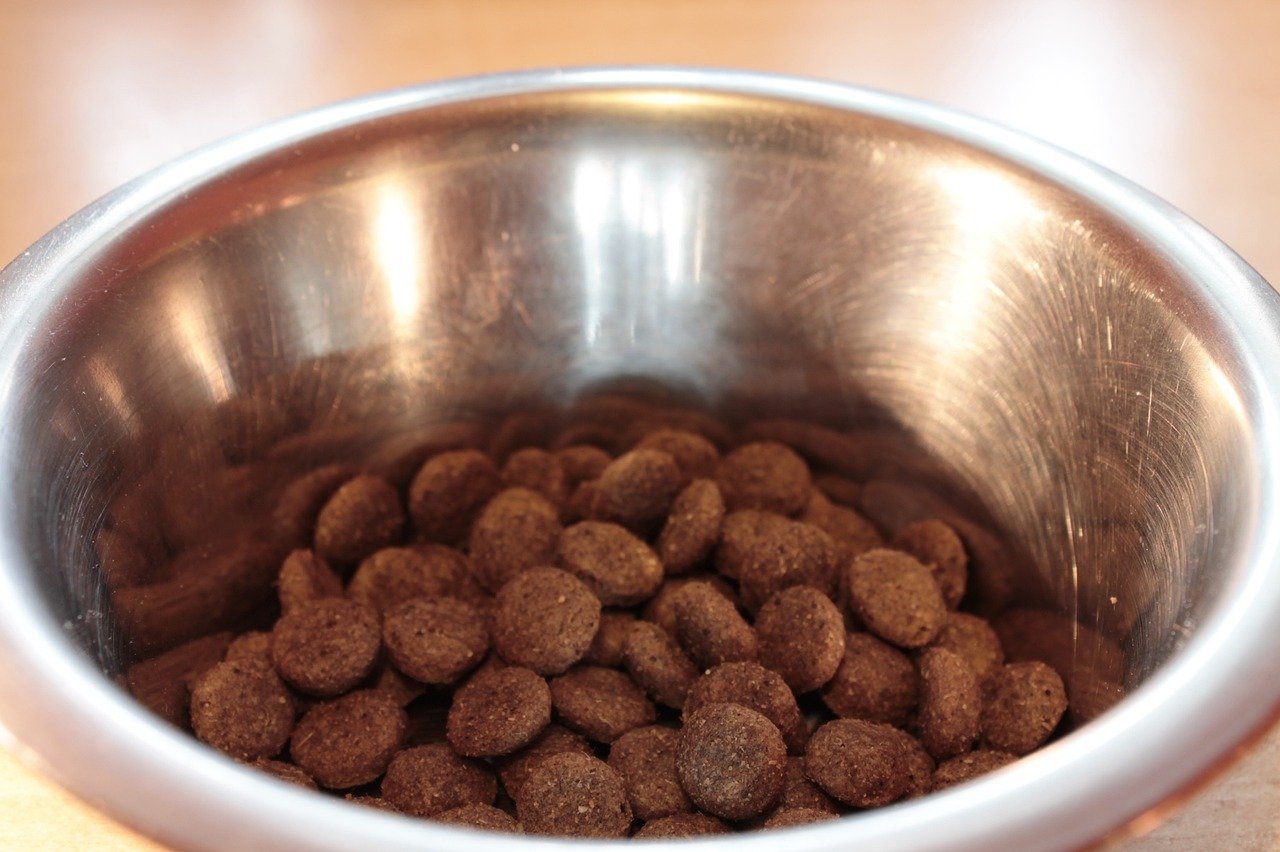
A Pomsky’s diet is crucial to their health and happiness. Because they are a small-to-medium breed with lots of energy, they need high-quality dog food packed with protein but not too much fat. Portion control is important—these dogs can gain weight quickly if overfed, especially since their playful looks can lead to extra treats from adoring owners. Feed your Pomsky scheduled meals instead of leaving food out all day, and avoid giving them table scraps that can upset their sensitive tummies. Fresh water should always be available, and consider consulting your vet to choose the best diet for your Pomsky’s age, size, and activity level. Remember, a well-fed Pomsky is a happy and energetic one!
Exercise and Play: Keeping Your Pomsky Active
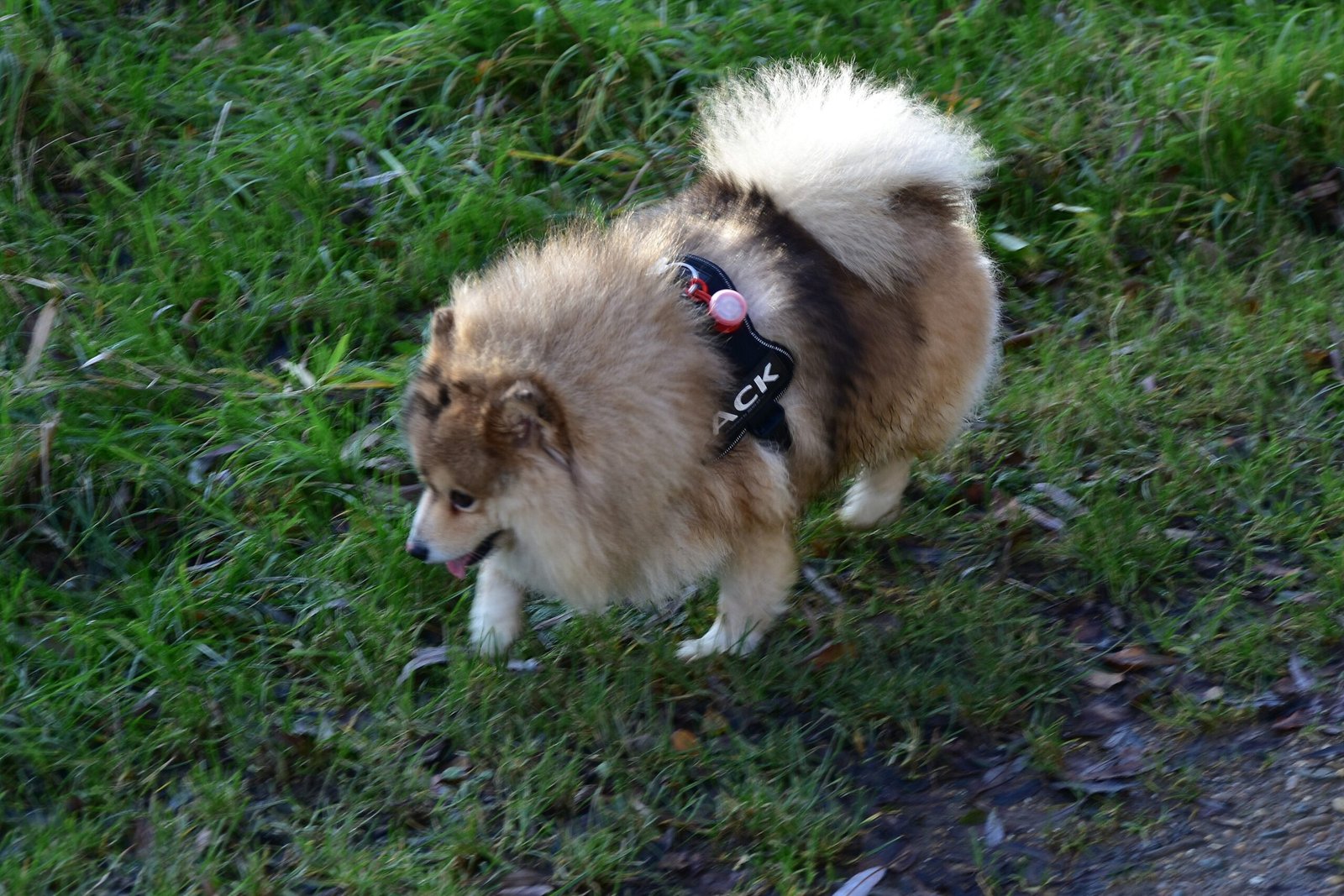
Pomskies are bundles of energy wrapped in fur. They need daily exercise to burn off their playful spirit and prevent boredom. Aim for at least 30 to 60 minutes of activity each day, which can include brisk walks, fetch games, or even agility training in the backyard. Mental stimulation is just as important as physical play, so puzzle toys and interactive games are fantastic for keeping their minds sharp. Without enough outlets for their energy, Pomskies can become mischievous or develop unwanted behaviors like chewing. Regular playtime not only keeps them fit but also strengthens the bond between you and your furry friend.
Mastering Grooming for That Fluffy Coat
One of the Pomsky’s most striking features is its thick, luxurious coat. Grooming is a must to keep them looking their best and to prevent matting. Brush your Pomsky at least three to four times a week, and more often during shedding seasons in spring and fall. Use a slicker brush to remove loose fur and a detangling comb for tougher knots. Regular grooming sessions are a great opportunity to check for skin issues, ticks, or fleas. Bathing should be done only when necessary, using a dog-friendly shampoo to avoid drying out their skin. Don’t forget to trim their nails and clean their ears regularly for a healthy, happy pup.
Training Your Pomsky: Patience Pays Off
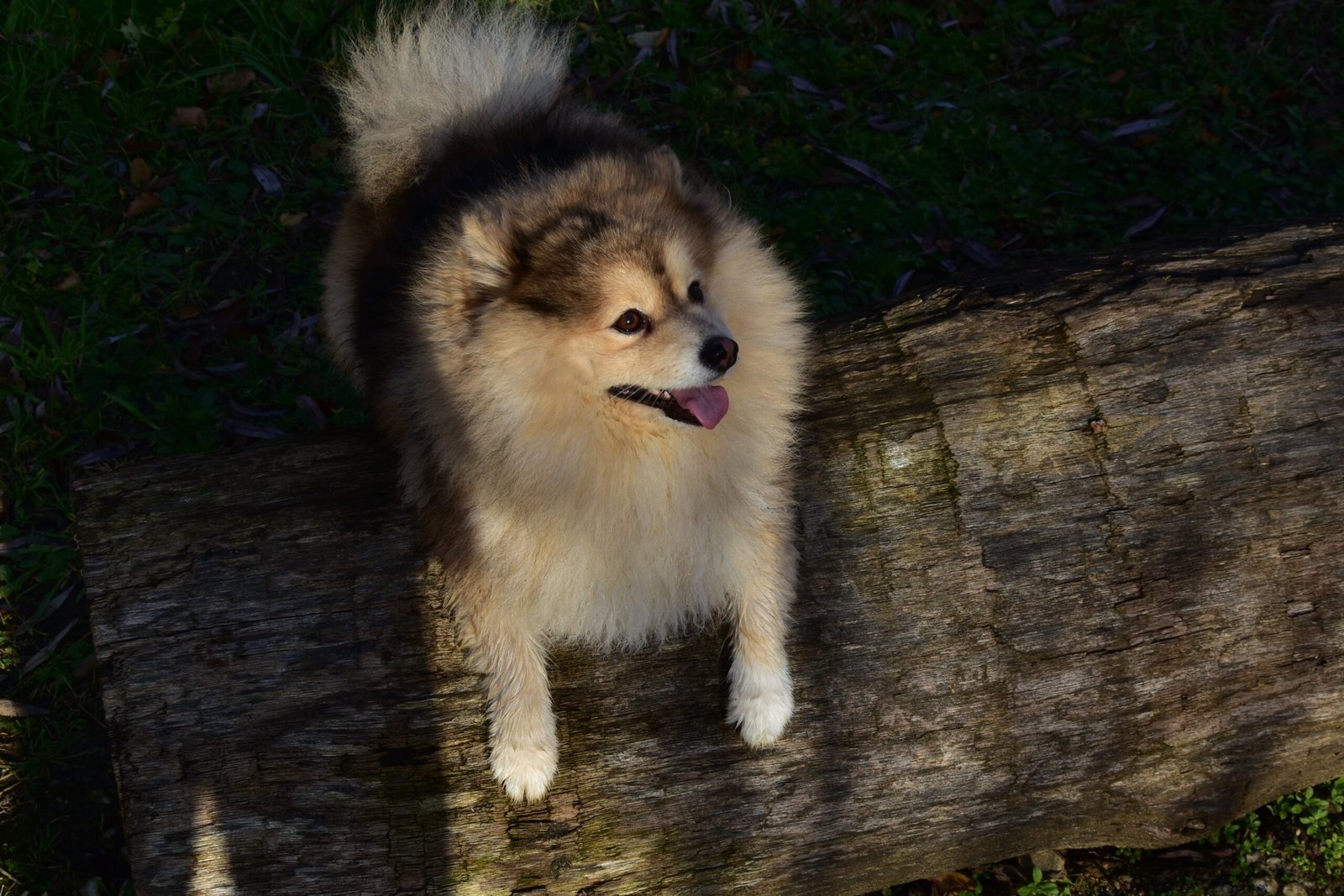
Training a Pomsky can be both rewarding and challenging. Their intelligence and independent streak mean they can learn quickly, but sometimes choose not to listen! Consistency is key—start with basic commands like sit, stay, and come, using positive reinforcement such as treats and praise. Socialization from a young age helps your Pomsky feel comfortable with new people, animals, and environments. Short, fun training sessions work best, as Pomskies can get bored with repetition. Remember to be patient and never use harsh discipline. A well-trained Pomsky is a joy to live with and is less likely to develop behavioral problems.
Socialization: Building Confidence in Your Pomsky
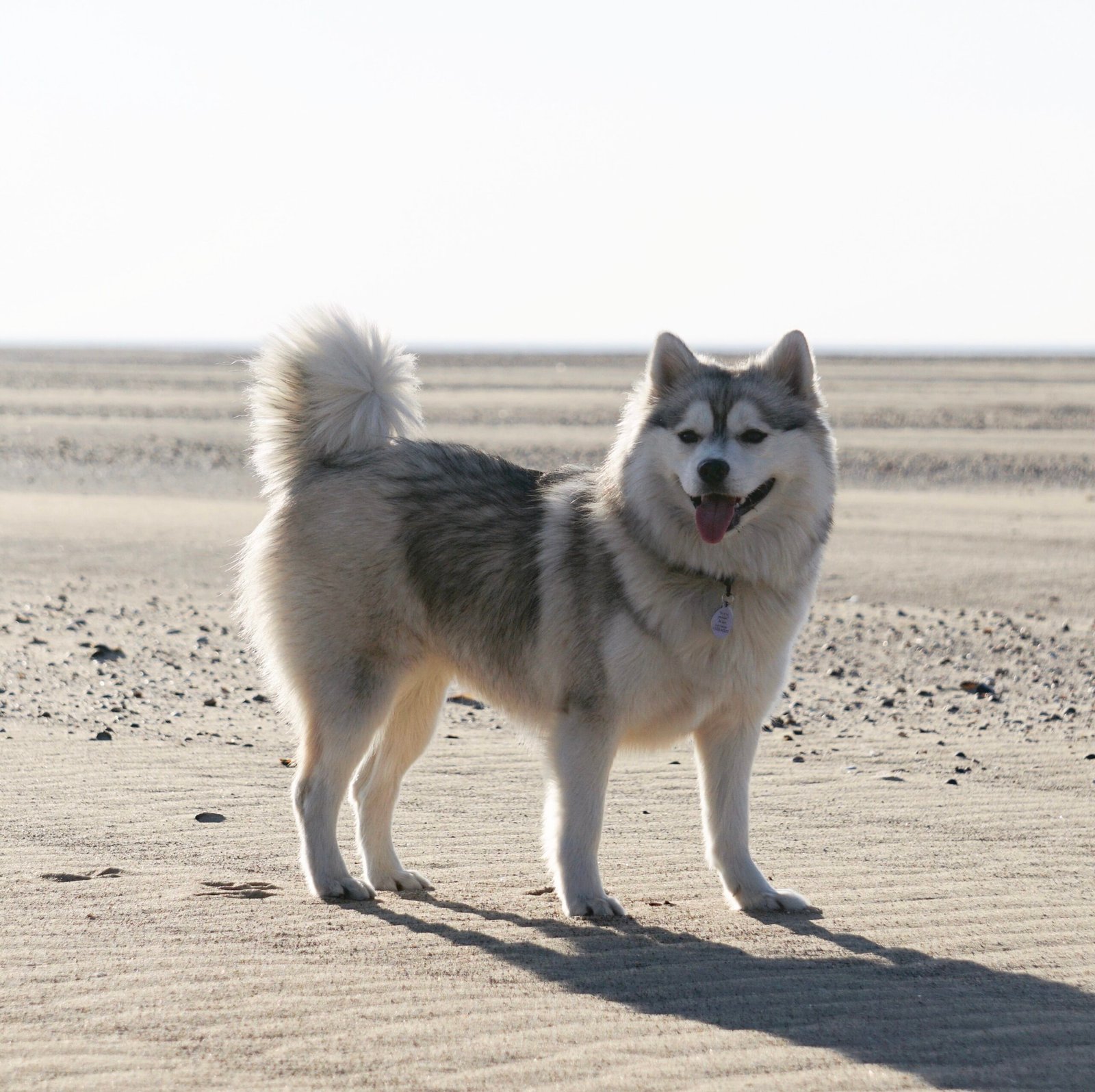
Pomskies are naturally curious but can be wary of new experiences. Early socialization helps them grow into well-rounded, confident dogs. Introduce your Pomsky to a variety of sights, sounds, and smells, and encourage gentle interactions with people and other pets. Puppy classes, visits to the park, and supervised playdates are excellent ways to broaden their horizons. Positive experiences during these formative months will help prevent fearfulness or aggression later on. Socialized Pomskies are friendlier, less anxious, and more adaptable—making them the perfect companions for any adventure.
Health Checks and Preventive Care
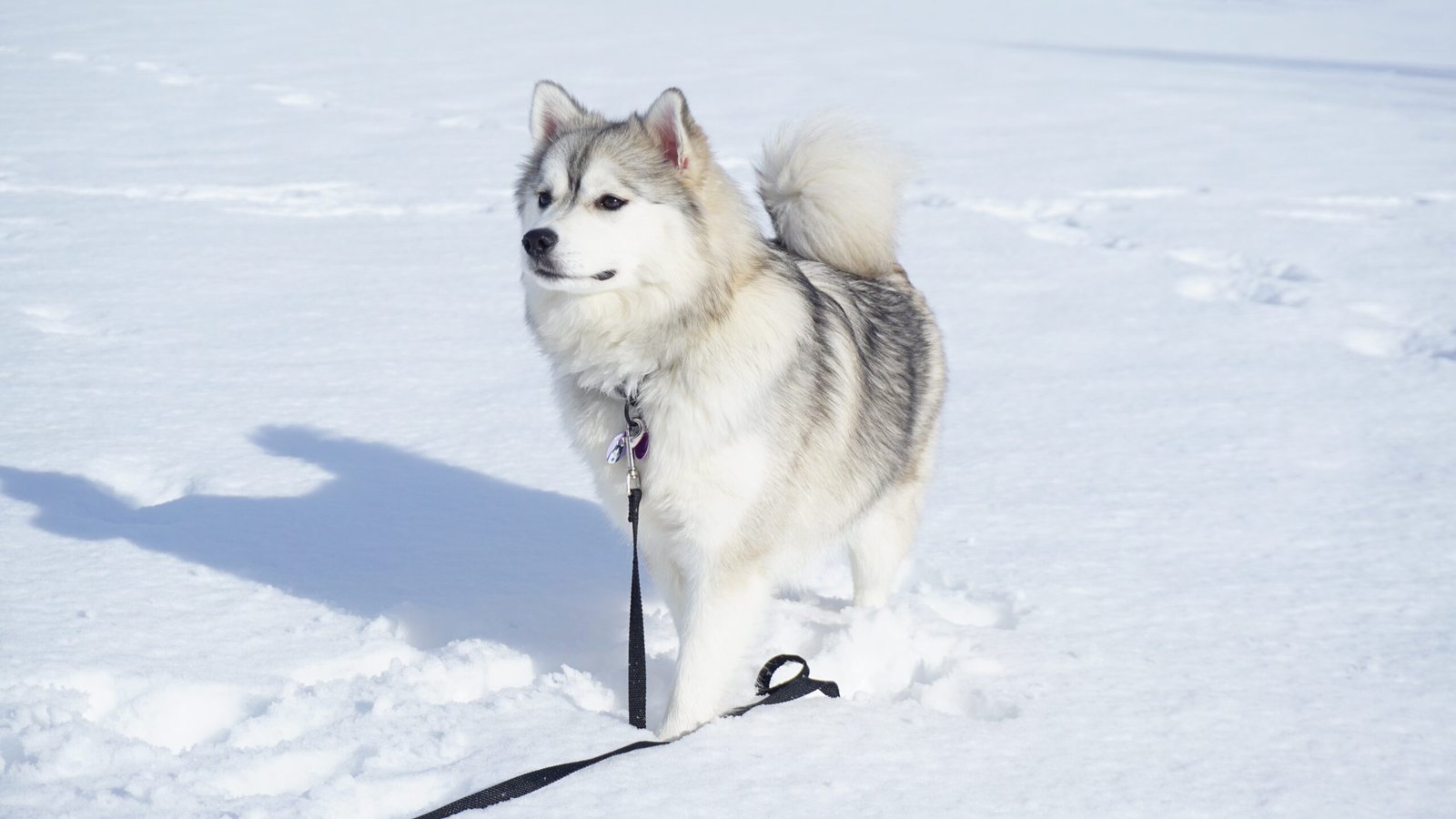
Regular vet visits are essential to catch health issues early and keep your Pomsky up-to-date on vaccinations. Pomskies are generally healthy, but they can inherit health conditions from either parent, such as hip dysplasia, eye problems, or dental issues. Annual check-ups, dental cleanings, and parasite prevention are non-negotiable. Watch for any signs of discomfort, limping, or changes in appetite or behavior, and don’t hesitate to contact your vet if something seems off. Preventive care goes a long way toward ensuring your Pomsky enjoys a long, active life by your side.
Managing Shedding and Allergies
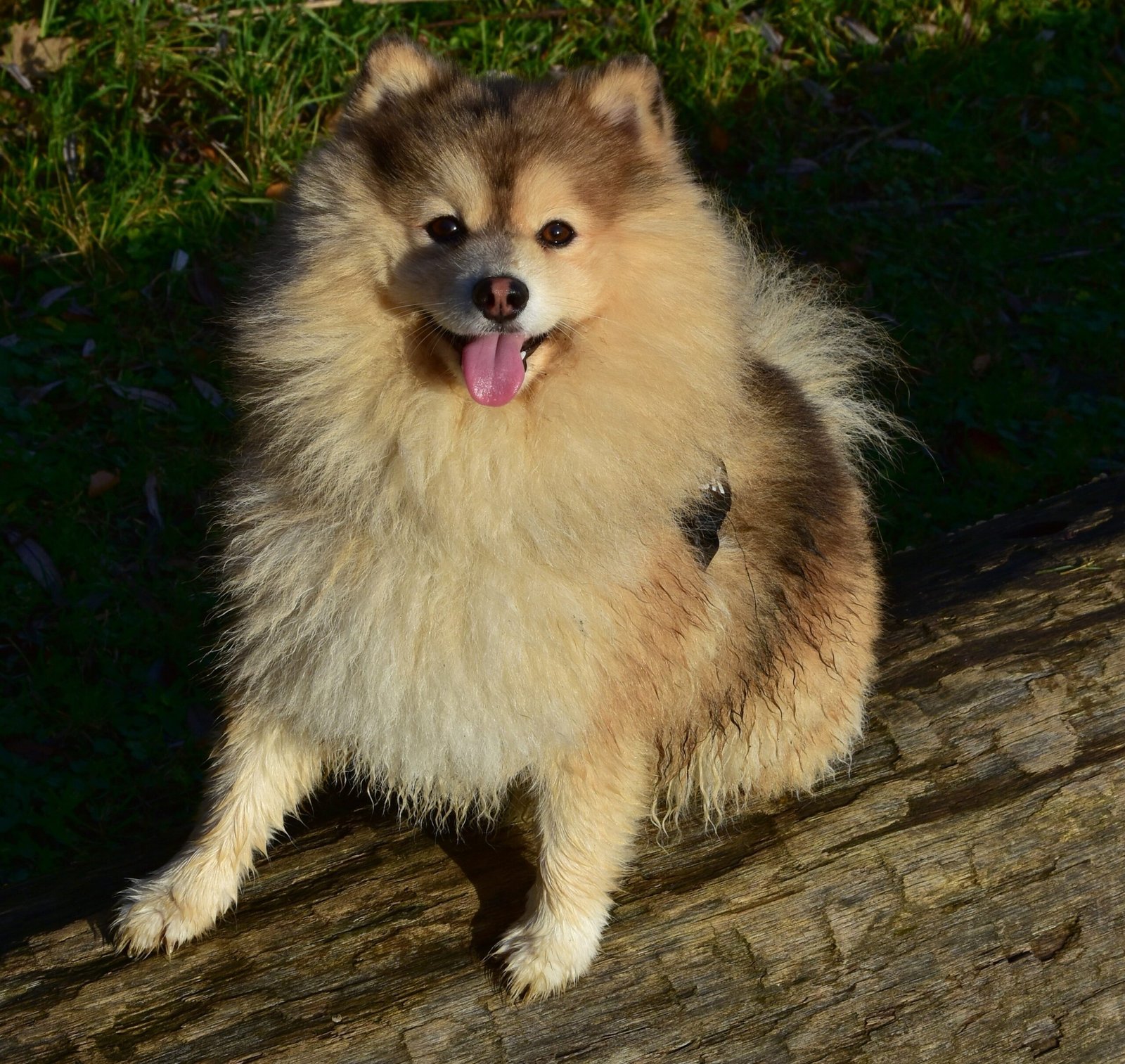
If you love a clean home, be prepared—Pomskies are known for shedding, especially during seasonal changes. Invest in a good vacuum cleaner and lint rollers, and groom your dog frequently to manage loose fur. Bathing can also help reduce shedding, but don’t overdo it, as this can dry out their skin. For allergy sufferers, regular cleaning of bedding and using air purifiers can help minimize pet dander. While no dog is truly hypoallergenic, these simple steps can make living with a fluffy Pomsky much easier on everyone.
Pampering Your Pomsky: Treats and Toys
Pomskies love to be pampered, and nothing says love like a new toy or a tasty treat. Choose toys that are durable and safe, as these clever pups can be tough chewers. Rotate toys regularly to keep them interested and stimulated. Healthy treats can be used for training or simply as a reward for good behavior, but remember to account for these in their daily calorie intake to avoid weight gain. Puzzle toys, chew toys, and interactive games make playtime exciting and satisfying for your Pomsky, keeping them happy and out of trouble.
Creating a Safe and Comfortable Home Environment
Your Pomsky’s happiness starts at home. Make sure they have a cozy bed, access to fresh water, and a safe space where they can relax. Puppy-proof your home by securing loose wires, removing toxic plants, and keeping small objects out of reach. Pomskies are curious and can get into mischief if left unsupervised, so crate training can be helpful for both young puppies and adult dogs. A secure yard with a sturdy fence is a must if you have outdoor space, as Pomskies are known escape artists thanks to their husky heritage. Creating a loving, secure environment will help your Pomsky feel safe and content every day.
Caring for a Pomsky is all about balancing their lively spirit with the right amount of love, attention, and structure. With the right care, your Pomsky can be the happiest, healthiest little ball of energy you’ve ever known! These adorable pups may have big personalities, but they thrive when they feel secure and supported. Stick to these simple tips, and you’ll enjoy a lifelong bond with your charming, fluffy companion.

Andrew Alpin from India is the Brand Manager of Doggo digest. Andrew is an experienced content specialist and social media manager with a passion for writing. His forte includes health and wellness, Travel, Animals, and Nature. A nature nomad, Andrew is obsessed with mountains and loves high-altitude trekking. He has been on several Himalayan treks in India including the Everest Base Camp in Nepal.

